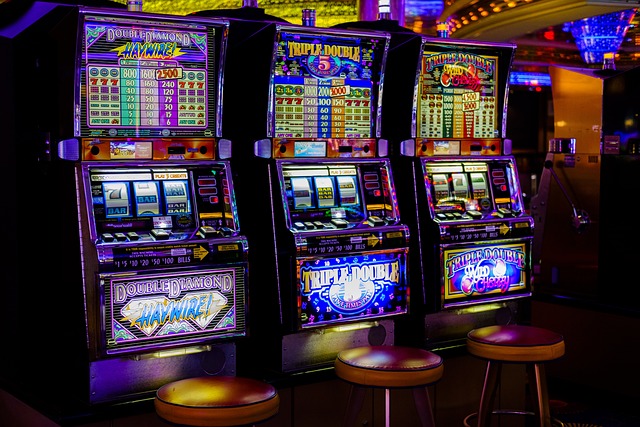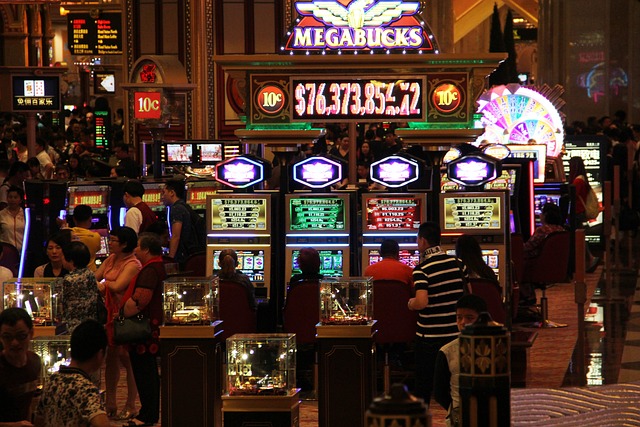Slot machines are masterworks of psychological manipulation, not merely a game of chance. These machines are expertly designed by casinos to capture players. They do this by combining interactive gameplay, music, and images to draw in and hold players’ interest. These machines’ design techniques are based on psychological concepts and are intended to maximize engagement and promote ongoing play.
Visual Appeal
The visual design serves as the first hook. Slot machines frequently have animated symbols, flashing lights, and vibrant, colorful designs. These vivid visuals aren’t by happenstance; they’re purposefully made to entice players in. Vibrant, contrasting hues can evoke a sense of celebration by arousing curiosity and building suspense. A layer of familiarity and entertainment is added by the inclusion of themed symbols, like as fruits, stones, or well-known characters, which elevates the gameplay from a simple wager to an interesting experience.
Sound Design

A key component of the psychological allure of slot machines is sound. The sound effects of buzzes, chimes, and melodies are skillfully arranged to create the impression of victory. The robots make noises that resemble wins even when players lose. We refer to this tactic as “losses disguised as wins.” It lessens the blow of a defeat. It emphasizes the thrill of little victories. This entices players to keep playing. Lively music and sound effects maintain the energetic atmosphere. They make sure that everything is lively and fascinating.
Gameplay Mechanics
Slot machine gameplay mechanisms itself are designed to engender addiction. With each spin, the quick-paced action of slot machines provides instant satisfaction. There is little time for introspection due to the rapid pace. It forces players to make snap judgments that are frequently impulsive. Furthermore, there are no scary entrance barriers because the gameplay is so simple—all it takes is the push of a button or the pull of a lever—making slots available to everyone.
The variable ratio reinforcement schedule utilized in slot machine payouts is another psychological ploy. Players receive rewards using this kind of reinforcement at random intervals. A pattern of obsessive behavior is fostered by this variability. Gamers never know when they’ll receive the next prize. They stay interested longer in the hopes of winning a large sum of money.
Near Misses

Moreover, slot machines are designed to regularly display “near misses.” These “near misses” happen when the machine shows indications that a win was almost there, such two of the three high-value symbols required on the pay line. Excitement arises from near misses. They give the player a sense of impending victory. The player is encouraged to keep spinning by this.
Integration into Online Platforms
Online communities such as Vave have elevated these psychological concepts to unprecedented levels in the digital age. Players now find it simpler to access these games from home thanks to this. It also broadens the application of these psychological techniques.
In conclusion, understanding slot machines’ psychology explains why they are so captivating and hard to give up. Online casinos and platforms employ strategies to enhance the appeal of these games. The ruses guarantee that players return. Slot machines are designed to keep players and make casinos money. This is done through a complex exercise in psychology.
